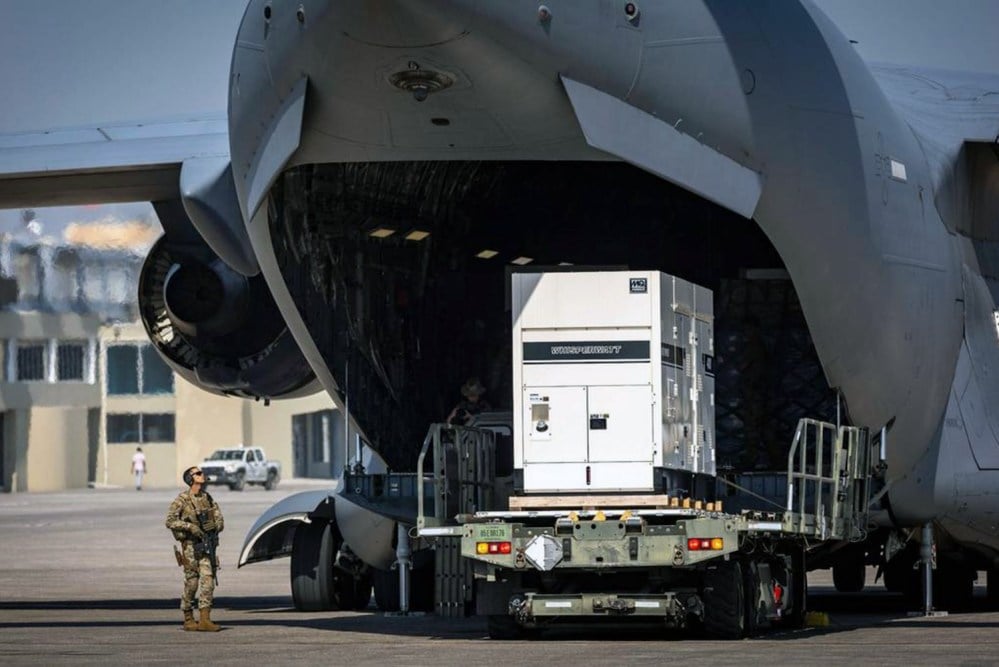In the past several weeks, I have watched dozens of sleek U.S. military planes descend over Toussaint Louverture International Airport in Port-au-Prince, Haiti, where I live. They were the first flights to land since gangs blockaded and halted commercial air traffic in March. U.S. news reports suggest that the aircraft contained civilian contractors and supplies to pave the way for the deployment of a Kenyan-led security mission to Haiti, which is expected to begin any day now.
But no one has informed Haitians who or what was on board. Even the members of Haiti’s new transitional government told me that they did not know precisely what the United States was flying into the country. Although the Haitian members of the presidential council have met with Kenyan and Haitian officials to discuss the force, they said they have not provided input to U.S. officials. Aides to newly installed Prime Minister Garry Conille confirmed that he has had no say on decisions related to the mission. It remains unclear what the force’s specific goals are or how it can contribute to rebuilding the Haitian state.



I think that “strongmen” or maybe “warlords” is normally reserved for people who control a lot more territory than this.
https://en.wikipedia.org/wiki/File:Gang_war_in_Haiti.svg
Each group here controls tiny patches of territory.
https://en.wikipedia.org/wiki/Gang_war_in_Haiti